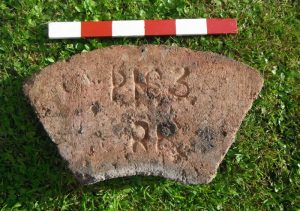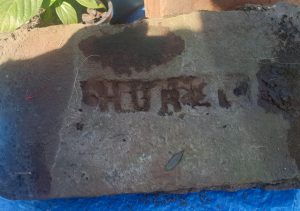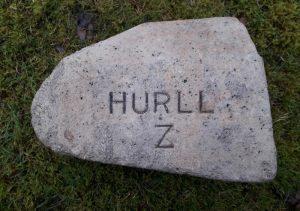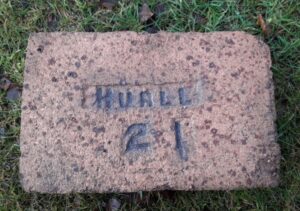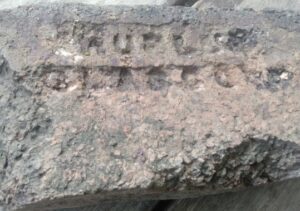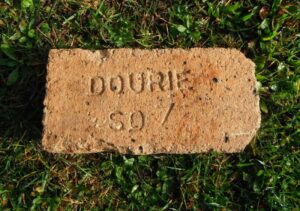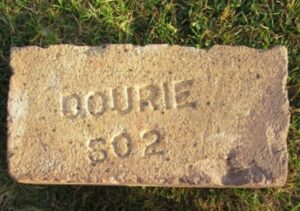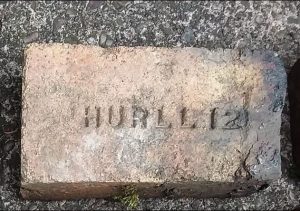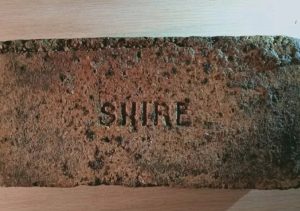
Found Gartliston Works, Glenboig
This was found on a Hurll brickworks. Klinit is a registered trade name for Hurll.
I suspect this was the origins of the word ‘Klinit’
Kaolinit does not slip off the tongue easily – Klinit is easier to say!
Kaolinite – a very common and widespread mineral of the silicate clay , classified as clay minerals (kaolinite group).
Kaolinite itself is not refractory, since the loss of water at relatively low temperatures is no longer a kaolinite. One of its breakdown products is mullite – a mineral found only once in the earth’s crust (on the island of Mull on the coast of Scotland), while in ceramic products it is very common. Mullit is a mineral that can withstand temperatures up to 1800 degrees Celsius.
Kaolinite is a constituent of Kaolin , a soft plastic rock, one of the most important raw materials of the noble ceramics. Kaolin is used in raw or refined state. White color, fine crystalline, slurry, low hardness, chemical indifference, prevalence and low price of raw material are affected by its suitability. Kaolin is 40-65% by weight for the production of porcelain, faience, chamotte refractories and as a filler for paper and rubber.
Garnqueen Fireclay Works, Glenboig, Lanarkshire
Alternative brickworks include:
- Gartliston Fireclay Works, Glenboig, Lanarkshire.
Building bricks at Garscadden Works, Drumchapel.




